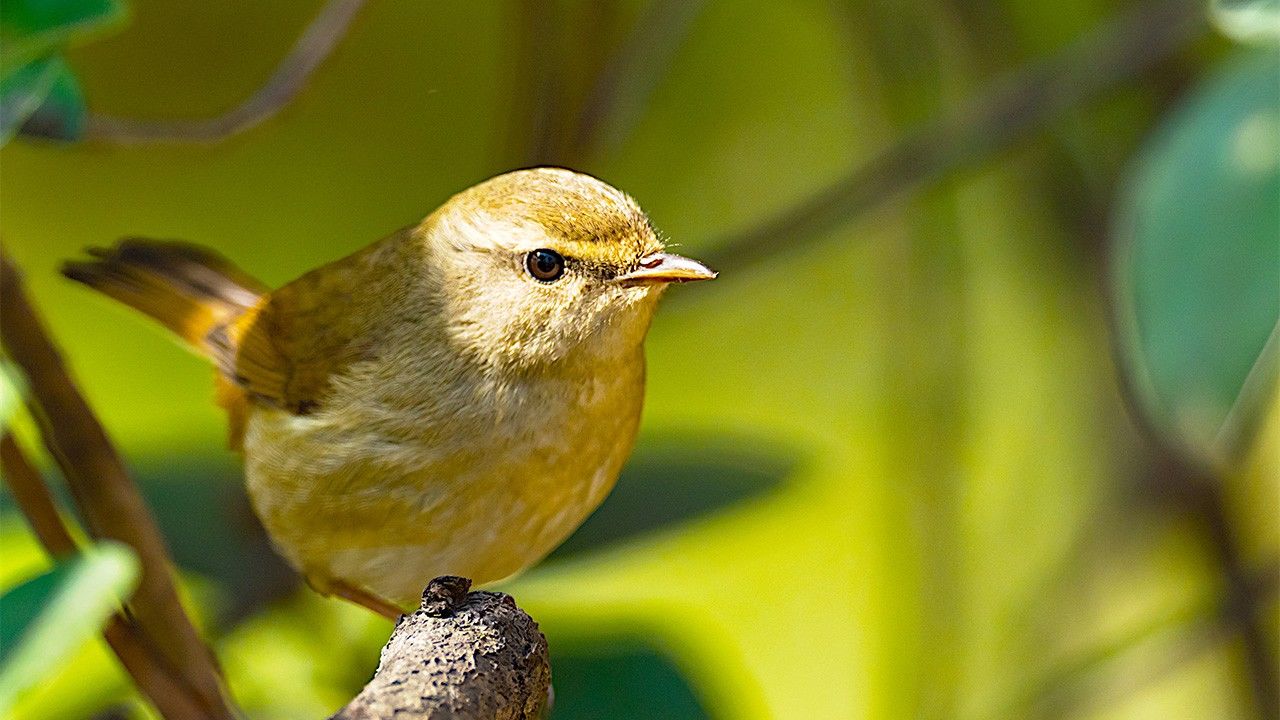
A Journey Through Japanese Haiku
Determined to Sing
Culture Environment Lifestyle- English
- 日本語
- 简体字
- 繁體字
- Français
- Español
- العربية
- Русский
古庭に鶯啼きぬ日もすがら 蕪村
Furu niwa ni / uguisu nakinu / hi mo sugara
In the old garden,
an uguisu trills
all day long(Poem by Buson, written in 1744.)
This haiku by Buson appears to be extremely simple. An uguisu, or bush warbler, is singing in an old garden all through the day. One imagines the garden as attached to a traditional house, with its venerable plum tree in glorious bloom, for a peaceful spring scene.
The poem was originally included in a collection in which Buson first adopted the pen name by which he is best known. The book opens with a haiku about a chicken under the name of Saichō, and ends with one about the uguisu under his new name of Buson. These two poems about birds under different pen names make for a playful unveiling of the “Buson” sobriquet. They also indicate that nothing in the collection should be taken for granted, and the above poem should not be read as a simple description of scenery.
In the background to Buson’s haiku is Bashō’s classic Furu ike ya / kawazu tobikomu / mizu no oto (Old pond— / a frog jumps in; / the sound of water). The pond’s frog becomes an uguisu in a garden. The two creatures are connected through the famous kana preface to the Kokinshū poetry collection, completed around 905, which describes the warbling of the uguisu among the flowers and the calling of the frogs in the water in an assertion that everything feels compelled to sing. There is a homage to Bashō here, and Buson is also expressing his determination to keep on creating poetry.
(Originally published in Japanese. Banner photo © Pixta.)